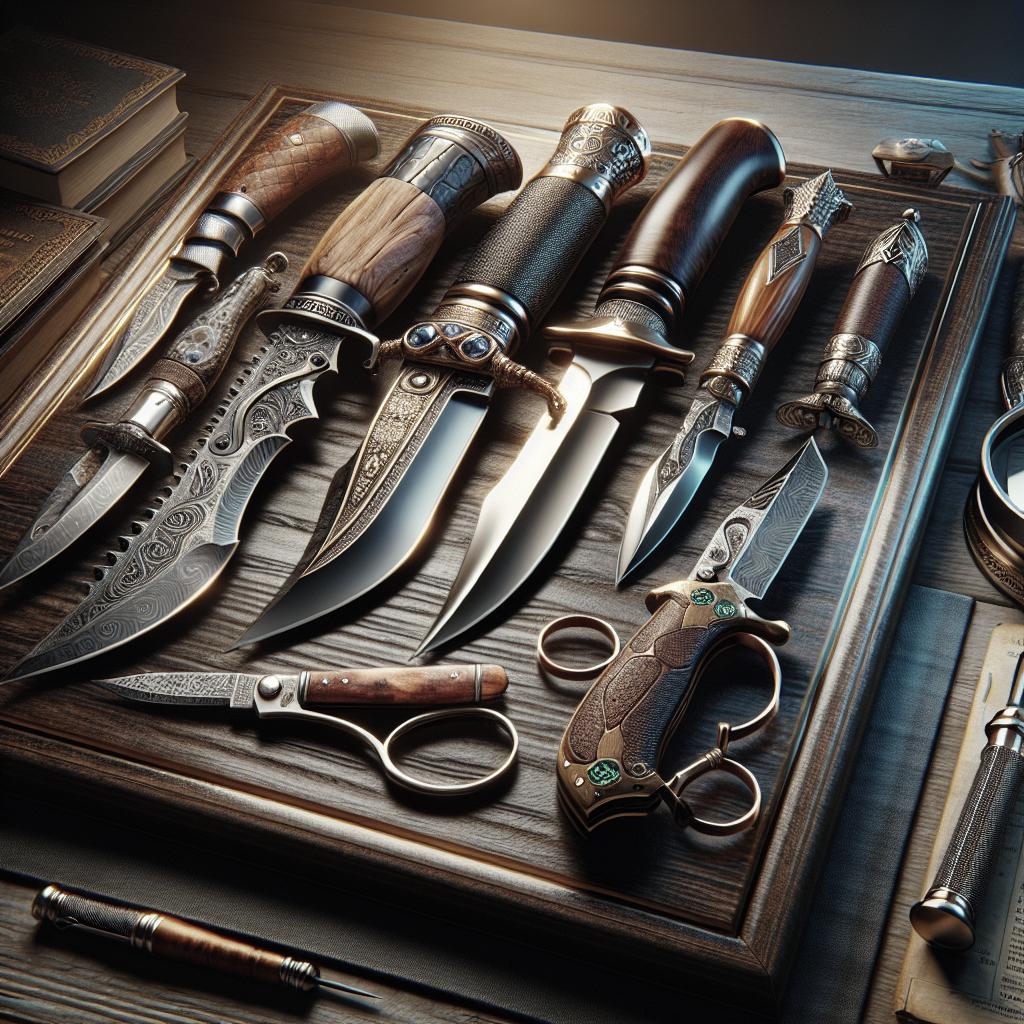Intro
Choosing between serrated and straight-edge knives can be daunting, especially for those who enjoy cooking or spend time outdoors. This article aims to simplify the choice by exploring the fundamental differences between these two types of knife edges. From the different edges’ unique abilities to slice, dice, and cut through various materials to the specific case of dealing with delicate foods like tomatoes, we will cover the strengths and potential drawbacks of each option. Additionally, we will explore similar practicalities of partially serrated knives. Finally, we provide a summarized comparison to guide you in selecting the perfect knife for your needs.
The differences
Understanding the distinctions between serrated and straight-edge knives is crucial for optimal performance in cutting tasks. Serrated knives, known for their saw-like edge, excel in slicing through materials with a hard crust or outer layer while maintaining the integrity of the soft interior. Examples include bread, melons, and tomatoes. On the other hand, straight-edge knives feature a smooth, even blade that offers precision for tasks such as peeling, chopping, and mincing without tearing the material.
The design differences between these knives affect how they are maintained and sharpened. Serrated knives are typically more challenging to sharpen due to their grooved and jagged edge. In contrast, straight-edge knives are easier to hone and maintain with a sharpening stone or honing rod. This ease of maintenance often makes straight-edge knives a preferred choice for those seeking convenience in knife maintenance.
The case of the tomato
The humble tomato serves as an excellent example to highlight the practical differences between serrated and straight-edge knives. When slicing a tomato, the thin skin poses a significant challenge. A serrated knife easily bites through the tough skin without squashing the juicy interior, making it the ideal tool for this delicate task. Its teeth-like edges provide the necessary control and finesse to slice without applying excessive pressure.
In contrast, using a straight-edge knife demands more skill and sharpness to avoid squishing the vulnerable fruit. While a very sharp straight-edge can achieve clean slices, it requires regular upkeep and a steady hand. Many cooks may prefer the serrated knife for this task, especially when handling large quantities of tomatoes.
Plain Edge
Straight-edge knives are renowned for their adaptability and are often found in professional and domestic kitchens. They are the go-to choice for tasks demanding precision and control, such as dicing vegetables or carving delicate cuts of meat. Their smooth, continuous edge ensures that slices are clean and uniform.
Furthermore, straight-edge knives allow for efficient sharpening throughout the entire blade edge, retaining their sharpness over time with proper care. Their versatility, ease of sharpening, and control over delicate tasks make them a staple tool in any kitchen or outdoor kit.
Fully Serrated Edge
Serrated knives, with their distinctive jagged edge, are perfect for slicing hard crusts or skins while preserving soft interiors. They are best suited for cutting tomatoes, bread, and cake without damaging the interior, providing a clean cut through challenging textures.
However, the same design that allows them to perform so well with specific tasks makes them less suitable for certain precision jobs. Their complex edge requires special tools and techniques for sharpening, which can deter some users who prefer the ease of maintaining straight edges.
Partially Serrated Edge (Combo Edge)
Partially serrated knives, often referred to as combo edge, offer a blend of both worlds. With a portion of the blade serrated and the rest featuring a plain edge, they provide versatility for various tasks, from slicing bread to cutting meat and vegetables.
This combination introduces a jack-of-all-trades approach, though it may not excel in any single area precisely. While convenient for general-purpose use or outdoor survival scenarios, some users might find the dual-purpose design compromises the knife’s effectiveness in specialized cutting activities.
Summary
In summary, both serrated and straight-edge knives have their unique advantages and best-use scenarios. The straight-edge knife excels in precision tasks requiring clean, smooth cuts and is easy to sharpen at home. Serrated knives, however, shine when slicing through challenging textures, albeit requiring specialized maintenance.
For those constantly on the move or engaging in diverse activities, a partially serrated knife offers flexibility, balancing serrated and straight-edge capabilities. Understanding these differences enables you to select the best knife suited to your specific needs and activities, whether in the kitchen or outdoors.
| Knife Type | Advantages | Limitations |
|---|---|---|
| Straight-Edge | Precision cuts, Easy maintenance | Not ideal for hard exteriors |
| Fully Serrated | Handles challenging textures | Complex to sharpen |
| Partially Serrated (Combo) | Versatile for varied tasks | Limited specialization |
Why not check out our other great blogs for gear recommendations and outdoor survival tips
Interested in extending your knowledge beyond knives? Check out our series of insightful blogs offering practical gear recommendations and valuable outdoor survival tips. Whether you’re an avid adventurer, a culinary enthusiast, or a gear connoisseur, our content is crafted to inspire and inform across a range of exciting topics.


